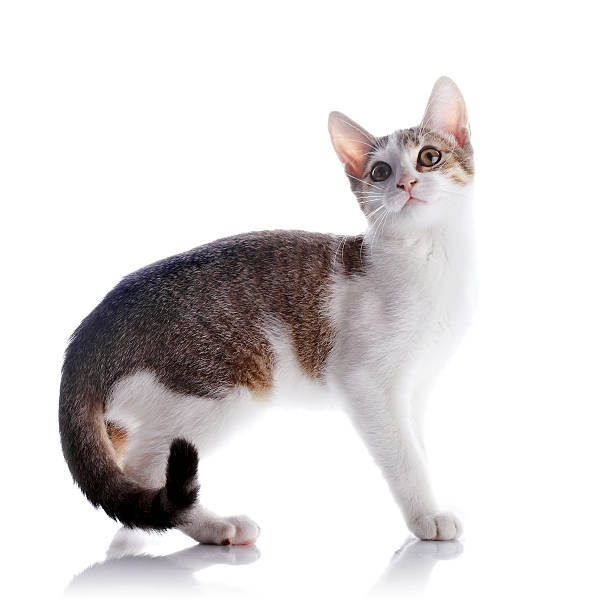A majority of the cats WCHS is looking to rehome would be considered feral cats. These are typically cats that can co-exist with other cats, after the adjustment period, to form a colony but will not be able to be handled by people. Like all wild animals, they may strike out when frightened, cornered, and unable to run away.
Occasionally WCHS will have semi-feral or friendly cats available.
Rehoming Requirements
- All rehomed cats must go through a Adjustment Period for 2-3 weeks on the new property. See below for more information.
- Provide daily food & water
- Provide a source of shelter for the cats that provides adequate protection from the elements year round. Examples: Barn, shed, garage, constructed cat enclosure.
Adjustment Period
- Cats must go through a 2-3 week adjustment period when being relocated.
- This is to help cat understand new surroundings including shelter, food, & water sources. As well as acclimating to sights & sounds of new property.
- If cats are set free upon arrival, they may attempt to return to their former outdoor area & likely get lost.
- This space must fully contain the cat(s) during the adjustment period.
- While the cats are confined, the caretaker must provide clean water, food, a pet carrier or similar to be able to hide, and clean litterbox (scooped daily). Providing canned (wet) food during this period will help them feel comfortable in their new environment.
- During the confinement period, it is also important for the new caretaker to make contact with the cats by talking to them. This will help them get used to human voices. It is noted that people who make the effort to communicate with the cats are also those who have the most successful relocations.
Cold Weather Tips for Cats
- Coming soon!
Questions?
Contact our Cat Coordinator, Lauren!

